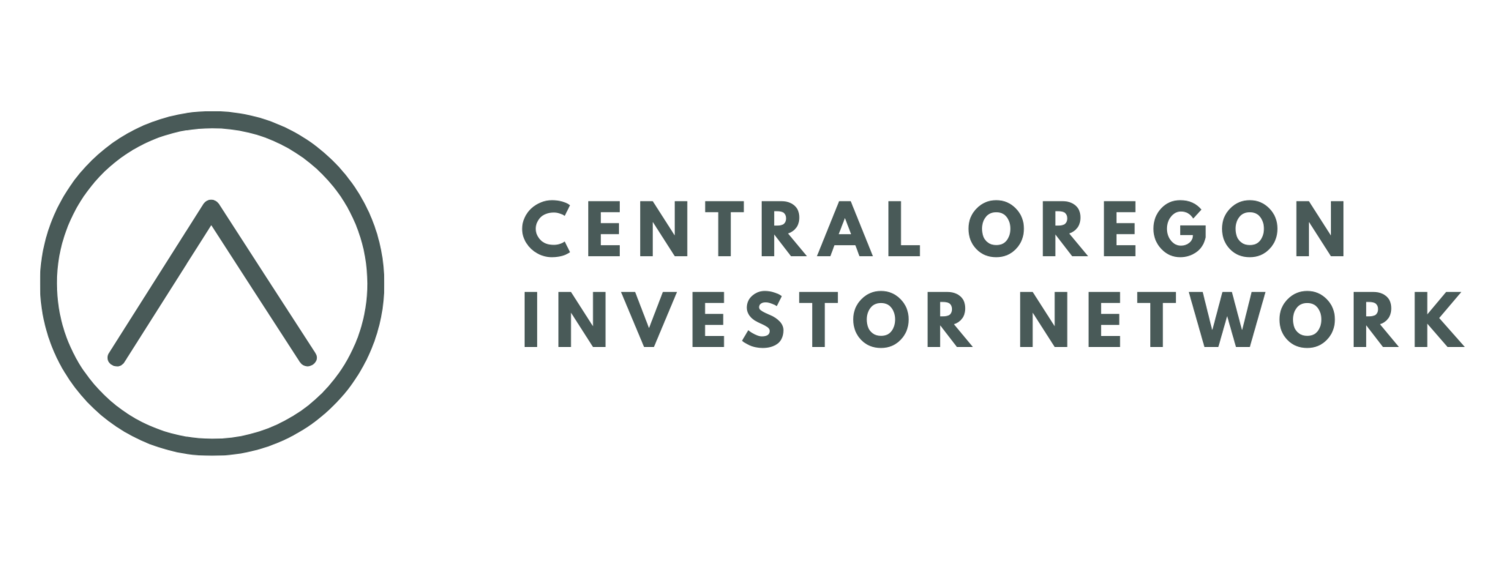Buying Real Estate Sight Unseen | Need to Know and How To
Here’s how you can confidently buy real estate sight unseen in easy 5 steps:
Choose an investor-friendly realtor!
Get pre approved for a mortgage
Get a video tour and detailed property information
You should also be seeking out information about the property online - places like the county records where you can see everything from property taxes, to zoning, to permits, and so much more.
Offer and negotiate your deal
You’ll use your investor analysis as a guide to determine your offer price.
Especially if you’re offering sight unseen, you’ll want to negotiate inspection contingencies into your offer.
You’ll also likely have the following contingencies in your offer. These contingencies protect your earnest money - the deposit you put down when your offer is accepted to show the seller that you’ve got skin in the game. That earnest money is refundable only under certain circumstances called contingencies.
Common offer contingencies include:
Inspection
Financing
Title Report
Appraisal
Some experienced real estate investors in hot real estate markets will choose to waive some or all of these contingencies. Do so at your own risk and make sure you understand those risks before going this route - your realtor can give you details on the pros and cons of this strategy.
When you offer, the seller can accept, reject, or send over a counter offer with terms they desire. Then you have the ability to accept, reject, or send over your own counter offer to the seller.
Things may go back and forth a bit before you either land on mutually agreeable terms, or one party decides to walk away.
Once an offer is accepted, escrow gets opened, the buyer submits their earnest money, and inspections begin.
Close the deal
Once you’ve done your due diligence during the inspection period, negotiated any repairs or credits, and removed the contingencies, you’re ready to close on your sight-unseen investment property purchase!
You’ll want to inform the escrow company that you’ll be signing remotely and will either need a courtesy signing or a mobile notary to come to you so you can sign purchase and loan documents where you are rather than traveling. Unless, of course, you decide you finally want to see that place in person!
Now that you know the process of HOW to buy a property sight unseen, let’s talk about the pros and cons of investing in real estate this way:
PROS - why you’d want to invest sight-unseen
Save time money on traveling to each real estate investment market you’re considering
Never miss a deal just because you weren’t there in person
Learn to analyze online - using photos, videos, maps, county information, inspection and title reports, current leases if a property is already rented
Offer, negotiate, and do the entire transaction from WHEREVER you want!
Delegate and utilize your team of experts to help you navigate your real estate investment. You’re still responsible for your decisions, but you can engage the help of others!
CONS
Photos and videos can sometimes be deceiving, even with the best of intentions
It can be difficult to gauge room sizes and space without physically being there - this is where your trusted realtor comes in to give you a clear picture with measurements and vivid details!
Some sellers are wary of accepting offers from sight-unseen buyers
Waiving contingencies to get your offer accepted is a risky move that should be last resort unless you truly know what you’re doing
COMMON PITFALLS of buying sight unseen:
Not doing your due diligence. This is why you hire people who are on the ground and why you pay someone or subscribe to trusted data sources that will provide you with this information.
Not reviewing documents carefully. That preliminary title report is actually really important to read and has lots of good info. Click on the links in that report - these are the things you need to know before you buy. Review seller disclosures and tenant lease agreements during your inspection period. Actually read your inspection report.
Hiring the property manager that comes with the property. We know it’s all about passive income, but you have to do some work up front to set things up so you can have the greatest benefit.
Not asking questions about things that you can only detect in person.
Proceeding with the deal despite red flags. These would be things that come up on those reports you should have read in #1 and #2
It’s more commonplace now than ever to use technology to invest in real estate remotely. Use those tools to your advantage and make sure you have your #1 most important LOCAL teammate in place: your investor-friendly realtor.
Not sure how to find one? Call us! We have a giant network of investor-friendly realtors all over the country and in a few other places around the world too! We can be a resource for you whether you’re investing in Central Oregon or Connecticut, or anywhere in between!
